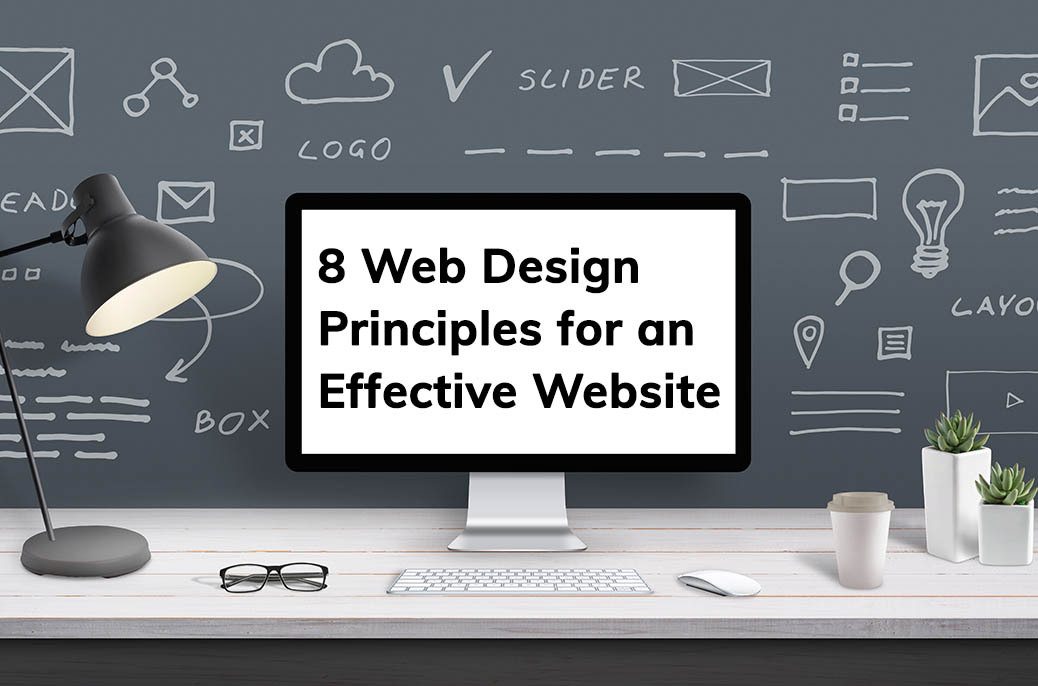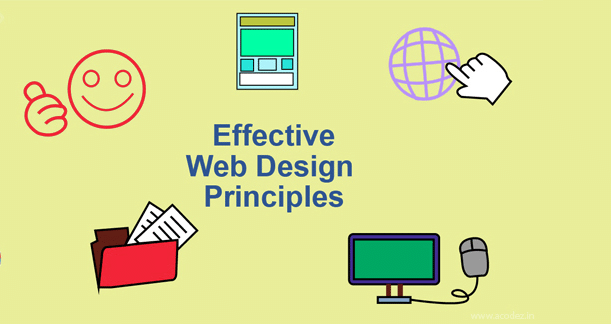Web design is a dynamic and ever-evolving field, but certain principles have stood the test of time as fundamental guidelines for creating effective and user-friendly websites. Implementing these principles can enhance the overall user experience, improve accessibility, and contribute to the success of a website. Here are key principles of effective web design:
- User-Centric Design: Effective web design starts with a deep understanding of the target audience. Designers should consider user personas, behavior patterns, and preferences to create a website that resonates with the intended users. User-centric design involves intuitive navigation, clear calls to action, and a layout that aligns with user expectations.
- Responsive Design: With the increasing variety of devices used to access the internet, it’s crucial to ensure that websites are responsive. Responsive design ensures that a website adapts seamlessly to various screen sizes, providing an optimal viewing experience for users on desktops, laptops, tablets, and smartphones.
- Clear Navigation: Users should be able to navigate a website easily and find the information they need without unnecessary clicks. Clear navigation menus, logical page hierarchy, and a well-organized site structure contribute to a positive user experience.
- Consistent Branding: A cohesive and consistent visual identity across the website reinforces brand recognition. Consistent use of colors, fonts, and imagery helps build trust and familiarity with users, making the website more memorable.

- Loading Speed Optimization: Slow-loading websites can lead to user frustration and high bounce rates. Optimizing images, minimizing HTTP requests, and leveraging browser caching are some techniques to improve loading speed and overall performance.
- Whitespace Utilization: Whitespace, or negative space, is essential for creating a clean and uncluttered design. It enhances readability, focuses attention on key elements, and prevents visual overload. Thoughtful use of whitespace contributes to a more aesthetically pleasing and user-friendly design.
- Accessibility: Designing with accessibility in mind ensures that all users, including those with disabilities, can access and navigate the website. This involves using semantic HTML, providing alternative text for images, and ensuring compatibility with screen readers.
- Cross-Browser Compatibility: Websites should function consistently across various web browsers to reach the broadest audience. Testing and ensuring compatibility with popular browsers like Chrome, Firefox, Safari, and Edge are essential steps in the design and development process.
- Engaging Visuals: High-quality visuals, including images, videos, and graphics, can enhance the overall appeal of a website. Visual content should align with the brand, convey a message effectively, and complement the written content.
- Mobile-First Design: With the increasing prevalence of mobile device usage, adopting a mobile-first design approach is crucial. Designing for mobile devices first ensures that the website provides a seamless experience on smaller screens, with additional enhancements for larger screens.
Effective web design is a combination of these principles, tailored to the specific needs and goals of each project. By adhering to these guidelines, designers can create websites that not only look visually appealing but also deliver a positive and intuitive user experience.

